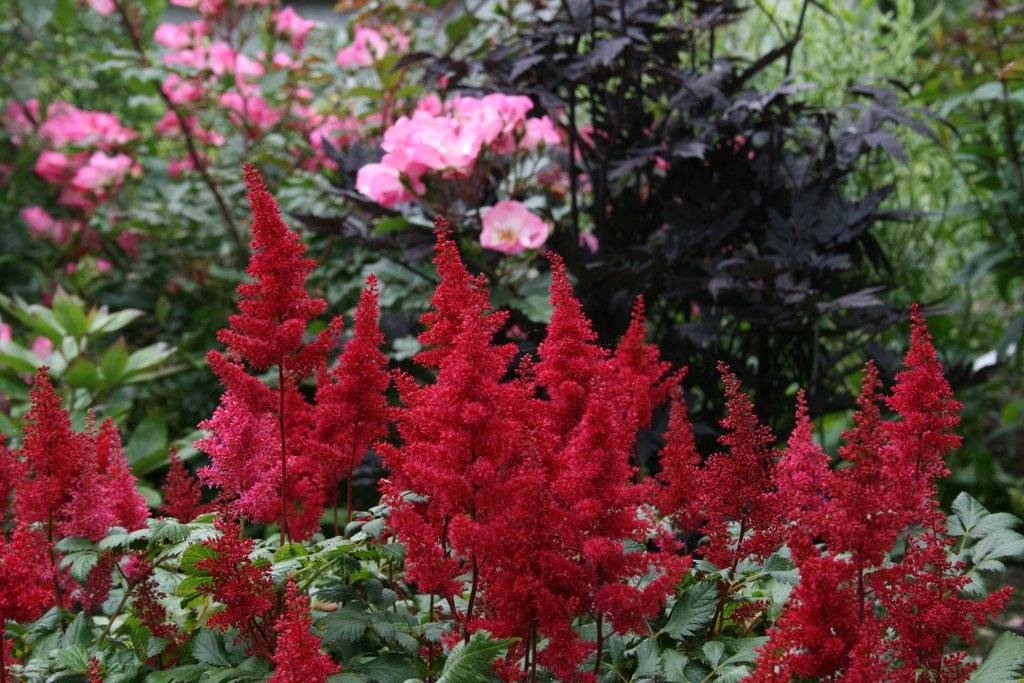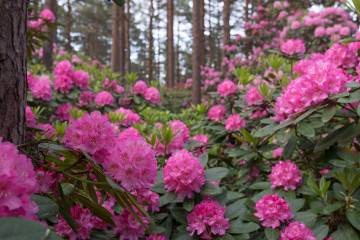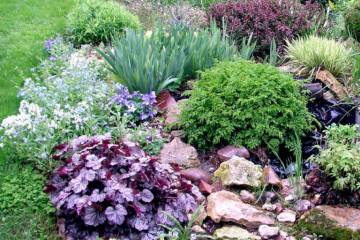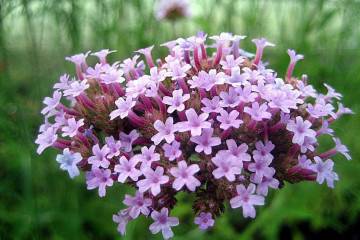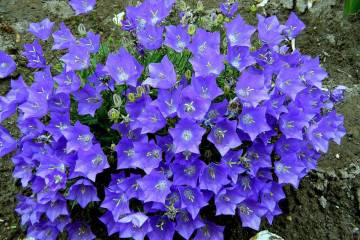Astilba - what to plant next to
Content:
When creating landscape design, you need to understand well what to plant next to astilba. Not all ornamental plants coexist well with each other, so the composition should be carefully thought out.
Plant characteristic
Astilba belongs to the Saxifrage family, it is a perennial herb. It can reach a height of 2 m. It blooms actively from June to August. Asia is considered the birthplace of the flower; certain varieties can be found in the USA and Russia.
Leaves
There are various distinctive features that give the unusualness of the astilbe flower. Its leaves have a long petiole, serrated edges, which are double or triple pinnate. They form dense clusters and grow large.
Astilba with red leaves will adorn any garden. Especially in autumn, they are in harmony with fallen leaves and trees, which are decorated with yellow shades.
Flower
The straight, long stem is decorated with a large number of small openwork flowers, which can be colored in different shades. Inflorescences are shaped like an elongated panicle.
In astilba, the flowering time depends on the variety. There are early, mid-early and late. Therefore, before purchasing, it is worth clarifying about the features of the plant. Thanks to the variety of colors, you can choose a look that will be combined with the entire composition.
Not all novice gardeners know what an astilbe flower looks like. But over time, you can learn to isolate a plant from other species.
Tall varieties
A distinctive feature is the achievement of a height of 1 m. In this case, the task arises: what to plant an astilba with in a flower bed, so that it stands out beautifully and is combined with the composition. You can place large boulders or stones nearby.
Tall astilbe can be planted next to other varieties that are not so large. You can combine it with ferns or Japanese anemones.
Before creating a composition, you need to think over everything well. All plants should look harmoniously side by side and be combined. So, the variety Thunder and Lightning is distinguished by a rich pink-purple color, so it is better to plant dark plants next to it, which will emphasize the brightness and flowers.
Low-growing varieties
They are small in height, about 45 cm, so they are often grown in containers on the streets. Can be planted next to hosts or Heuchera. Astilba of low-growing varieties is distinguished by soft pink coral inflorescences.
Use for decoration
The correct creation of a garden composition requires good taste from the gardener and knowledge of the characteristics of the cultures. For example, astilba and hosta are often used in landscape design, as they are unpretentious and decorative. Plants can be placed not only in the center of the garden, but also along the fence or terrace.
Astilba in the garden: landscape tricks
The beds can be made both monochrome and contrasting.For the first option, varieties of one shade are used, and for the second - light and dark. For example, white flowers will stand out well against darker colors.
Superba is a tall variety. It has long paniculate inflorescences that reach a length of 45 cm. It grows well next to ferns and hosts.
Ice Cream is medium in size, 45 cm tall, so it can be planted next to trees and other shrubs.
Astilba with red leaves
Many varieties of this species do not have green foliage, but red ones, which makes them especially beautiful. The description does not convey all the beauty of the plants. It is better to plant such flowers on a green background - under a juniper or next to a heycherella.
Lighting
Not all gardeners understand what an astilbe needs: shade or sun. This criterion is very important, because without proper care, any plant will quickly die.
You can plant flowers next to birches, as they dry the soil well. Many people use cut astilba to decorate bouquets. In this case, you can collect them in the fall and sell them to florists.
Distance between astilbe when landing
It is necessary to maintain a minimum distance of 30 cm between plants, and 50 cm between tall varieties. This is important for the proper development of the root system and full flowering.
The ostrich feather variety is distinguished by elongated thin inflorescences, so it does not need to be planted densely. It is enough to maintain a distance of 40 cm.
Features of planting in a flower bed
Astilba in landscape design is actively used and not only in gardens, parks or in large areas. She can decorate any flower bed. Due to the wide variety of colors, such a plant will make it beautiful.
Hosta
Astilba and hosta flower beds are very popular. The combination of bright colors and greenery looks good on any site. Such a tandem does not allow weeds to break through.
If a person has astilbe, what to plant next to it, it is not easy to decide. Hosta is a good option for a novice florist, as she is unpretentious. When creating an alpine slide, astilbe is planted on the front facade, and the host at the base.
Other options
Astilba in combination with other plants also looks advantageous. You can add crocuses, hazel grouses, snowdrops, pushkinia. An adult plant looks good against the background of saxifrage or tenacious.
Some gardeners plant roses next to it, but in this case it is important to plant astilba only from the north side, otherwise the flowers will not grow. A flowerbed of hosts and astilba can be diversified with greenery, which will emphasize bright colors.
Hydrangea
It is worth remembering that any plant may not be combined with something. So, astilbe does not grow next to peonies. But then the flowers can be safely placed next to the hydrangea.
The Hortensiev family also has a wide species diversity, so with their help you can create unusual compositions. Such a neighborhood will reduce the likelihood of weeds.
Various problems
Astilba is resistant to diseases and pests, but it requires some care. If there are no good conditions, the plant will die. Therefore, before asking why a flower is dying, you need to analyze its content.
If the astilba begins to dry out, then it lacks watering. The soil should always be moist. This is especially important if the plant is under the hot sun. Otherwise, the leaves will begin to dry and curl.
The saturation of the color of astilba depends on the dressing.It is better to apply organic fertilizers every three weeks, as they fill the soil with useful substances. The dark and beautiful leaves grow beautifully after this treatment.
Some gardeners do not know: astilba is a shrub or flower. The second option is correct, but it is not so important. The main thing is that the plant has high decorative properties. White, burgundy, purple and other flowers will decorate any garden.
